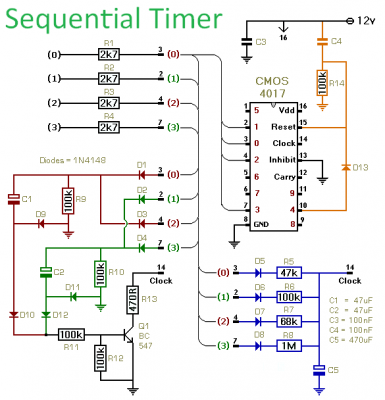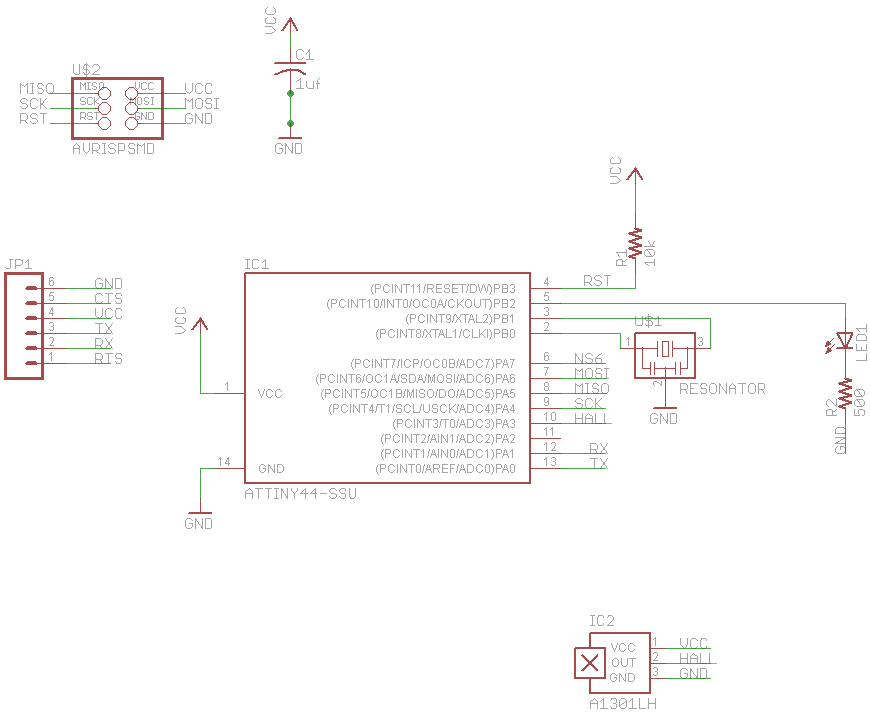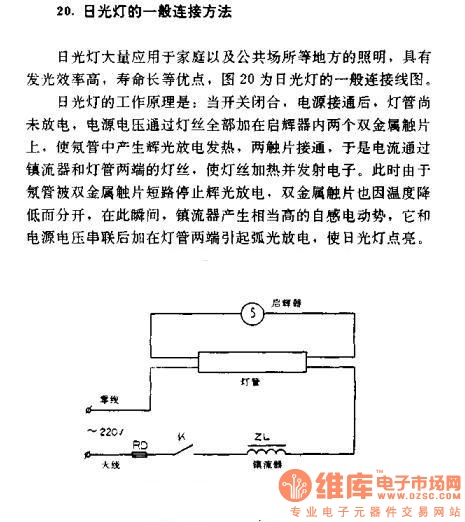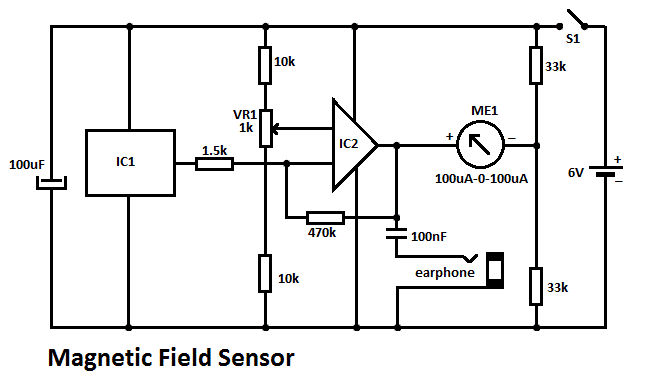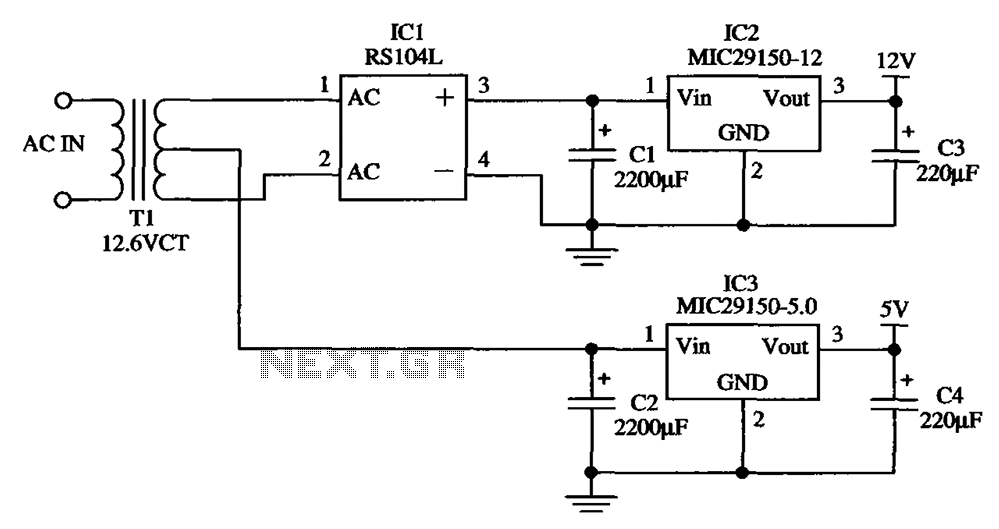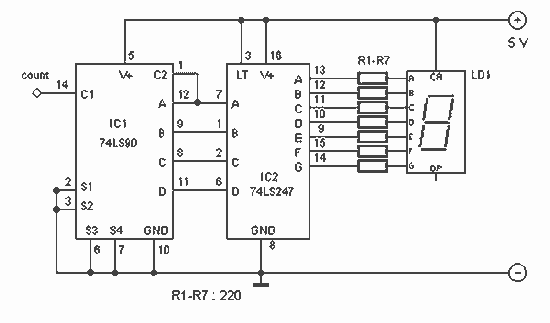
Hi-fi Audio Amplifier Circuit Design and implementation
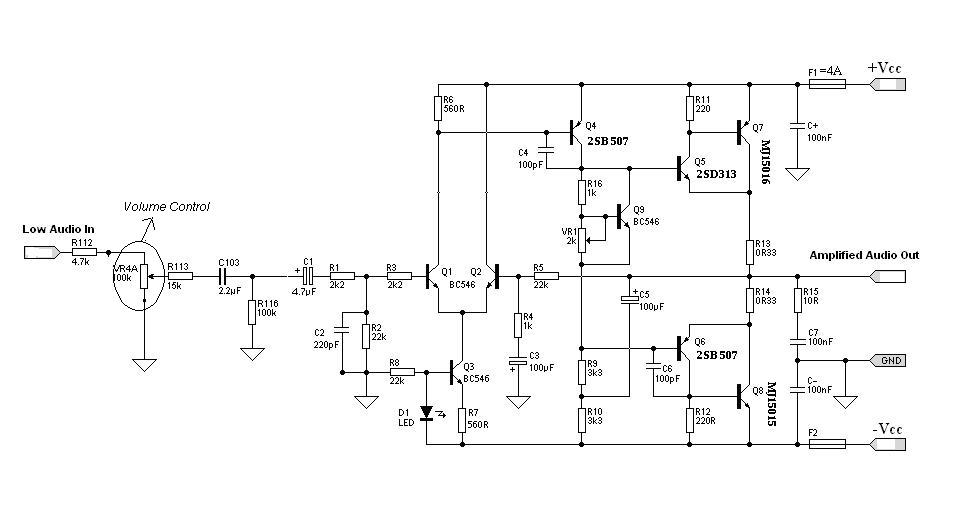
Designing an audio amplifier from scratch using discrete components is an engaging task, as it enables users to create amplifiers that meet diverse requirements. Audio amplifiers can enhance low-level sounds from mobile devices, making them louder and more vibrant. Based on the specifications of the Hi-Fi audio amplifier, the values of the system components were calculated and selected accordingly, resulting in the schematic shown in figure 1. D1 is a green LED and should be a standard type; high-brightness LEDs or different colors should be avoided due to variations in voltage drop. VR1 is used to set the quiescent current, typically around 50-100 mA, although the amplifier can operate at lower currents, down to approximately 40 mA. Transistor Q4 and the output drivers (Q5 and Q6) generally do not require a heat sink, while Q7 and Q8 need proper heat sinks to prevent burnout. Note that any specifications can be selected, but modifications to the circuit will impact the power supply and the output transistors (MJ15015, MJ15016). Ensure that the output transistors' maximum collector current (IC) exceeds the calculated output current (IO). Detailed datasheets for all components can be found at Alldatasheet.com.
The audio amplifier design employs discrete components to create a versatile and customizable circuit. The choice of a green standard LED for D1 is crucial, as it ensures a consistent voltage drop across the component, which is essential for maintaining circuit stability. The use of VR1 to adjust the quiescent current allows for fine-tuning of the amplifier's performance, enabling it to operate efficiently within the specified current range.
The transistors used in the design, particularly Q4, Q5, Q6, Q7, and Q8, are selected based on their thermal characteristics and current handling capabilities. Q4 acts as a driver stage, while Q5 and Q6 serve as output drivers that can handle moderate power levels without additional heat sinking. However, Q7 and Q8, which are likely the output transistors, require adequate heat dissipation mechanisms to prevent thermal failure during operation.
The design emphasizes the importance of ensuring that the output transistors' maximum collector current rating exceeds the expected load current. This consideration is vital for the longevity and reliability of the amplifier. The MJ15015 and MJ15016 transistors are commonly used in audio applications due to their robust performance characteristics, making them suitable for this amplifier design.
Overall, the schematic design of the audio amplifier reflects a careful balance of component selection and thermal management, allowing for an effective amplification of audio signals while accommodating various user requirements.Designing Audio amplifier from the scratch using discrete componentsis interesting, as it allow users to design amplifiers that can satisfy their various requirements. With audio amplifiers, low level sounds from mobile devices around us can be made more louder and lively as well.
Based on the specifications of theHi-fi Audio amplifier, the values of the system components werecalculated and selected accordingly to give rise to the schematic shown in figure 1. 0. D1 is a green LED, and should be a standard type. Don`t use a high brightness LED, or change the colour. This is not for appearance (although the green LED looks pretty neat on the board), but for the voltage drop.
Different coloured LEDs have a slightly different voltage drop. VR1 is used to set the quiescent current, and normally this will be about 50-100mA. The amp will work happily at lower current, at less than around 40mA. Transistor Q4 and the output drivers (Q5 and Q6) will normally not require a heat sink. Q7 and Q8 seriously need a proper heat sink, else they will burn out! Note: Any specification can be chosen, but the modification on the circuit will affect the power supply used and the output transistors ( MJ15015, MJ15016 ). Make sure that the output transistor`s Maximum IC (Collector Current) is greater than the calculated IO.
You can get the detailed datasheet of all the components at Alldatasheet. com. 🔗 External reference
The audio amplifier design employs discrete components to create a versatile and customizable circuit. The choice of a green standard LED for D1 is crucial, as it ensures a consistent voltage drop across the component, which is essential for maintaining circuit stability. The use of VR1 to adjust the quiescent current allows for fine-tuning of the amplifier's performance, enabling it to operate efficiently within the specified current range.
The transistors used in the design, particularly Q4, Q5, Q6, Q7, and Q8, are selected based on their thermal characteristics and current handling capabilities. Q4 acts as a driver stage, while Q5 and Q6 serve as output drivers that can handle moderate power levels without additional heat sinking. However, Q7 and Q8, which are likely the output transistors, require adequate heat dissipation mechanisms to prevent thermal failure during operation.
The design emphasizes the importance of ensuring that the output transistors' maximum collector current rating exceeds the expected load current. This consideration is vital for the longevity and reliability of the amplifier. The MJ15015 and MJ15016 transistors are commonly used in audio applications due to their robust performance characteristics, making them suitable for this amplifier design.
Overall, the schematic design of the audio amplifier reflects a careful balance of component selection and thermal management, allowing for an effective amplification of audio signals while accommodating various user requirements.Designing Audio amplifier from the scratch using discrete componentsis interesting, as it allow users to design amplifiers that can satisfy their various requirements. With audio amplifiers, low level sounds from mobile devices around us can be made more louder and lively as well.
Based on the specifications of theHi-fi Audio amplifier, the values of the system components werecalculated and selected accordingly to give rise to the schematic shown in figure 1. 0. D1 is a green LED, and should be a standard type. Don`t use a high brightness LED, or change the colour. This is not for appearance (although the green LED looks pretty neat on the board), but for the voltage drop.
Different coloured LEDs have a slightly different voltage drop. VR1 is used to set the quiescent current, and normally this will be about 50-100mA. The amp will work happily at lower current, at less than around 40mA. Transistor Q4 and the output drivers (Q5 and Q6) will normally not require a heat sink. Q7 and Q8 seriously need a proper heat sink, else they will burn out! Note: Any specification can be chosen, but the modification on the circuit will affect the power supply used and the output transistors ( MJ15015, MJ15016 ). Make sure that the output transistor`s Maximum IC (Collector Current) is greater than the calculated IO.
You can get the detailed datasheet of all the components at Alldatasheet. com. 🔗 External reference
Warning: include(partials/cookie-banner.php): Failed to open stream: Permission denied in /var/www/html/nextgr/view-circuit.php on line 713
Warning: include(): Failed opening 'partials/cookie-banner.php' for inclusion (include_path='.:/usr/share/php') in /var/www/html/nextgr/view-circuit.php on line 713
